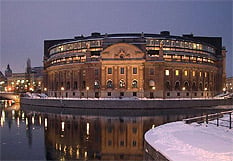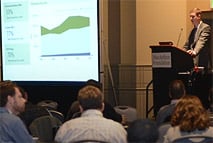Sustainable Buildings - Certification Makes A Difference
Sustainable Building Certification
The next great debate in the building & design industries will not be whether to build green or not – it will be whether or not to build to third-party standards and seek a green building certification.
The advantages of green or sustainable building are both numerable and measurable. Sustainable buildings result in increased productivity. For example, studies published with the US Green Building Council report that
- Students attending green schools produce 20% better test results than their peers in conventional classrooms
- Patient recovery in green health care environments results in improved discharge rates of 2 days or more on average
- Retail sales are higher and worker productivity in offices is reported to increase by 2-16% depending on the green features employees enjoy in their jobs.
A dditionally, operating savings for sustainable buildings can be as much as 50%, occupancy rates, as well as rent, are reportedly 3-4% higher. Building owners who choose green methods of construction or renovation are often rewarded by government with fast-track permits, energy rebates and other monetary incentives.
dditionally, operating savings for sustainable buildings can be as much as 50%, occupancy rates, as well as rent, are reportedly 3-4% higher. Building owners who choose green methods of construction or renovation are often rewarded by government with fast-track permits, energy rebates and other monetary incentives.
Sustainable design, also called “green” or high performance building, provides economic, human and community benefits as well as reduced environmental impacts.
So pretty soon, we won’t be talking “if” green … the conversation will shift to “how” green.
As sustainable architects here in Sarasota, our firm encourages our clients to build green – all right, we actually design green features into every project whether a client requests them or not because the reality is that it doesn’t cost any “extra” to include basic and practical sustainable building design principles like:
- Building orientation
- Natural daylighting
- Energy-efficient HVAC
- Low VOC paint
- Many other examples as well
 But as green awareness grows and consumers become savvier with their green purchases, the value of third-party certification will help building owners and tenants distinguish the authentically sustainable design offerings from those offering green lip service.
But as green awareness grows and consumers become savvier with their green purchases, the value of third-party certification will help building owners and tenants distinguish the authentically sustainable design offerings from those offering green lip service.
In 2007, we purchased a 1930s era grocery store in downtown Sarasota for the purpose of renovating it to LEED Commercial Interior (CI) standards to become our firm’s new headquarters. We divided the 4,400-square-foot building and occupy 2,400 square feet. Our renovation costs were roughly $85 per square foot. Our sustainability features included:
- Double-pane thermal windows and doors
- Added insulation
- Energy star rated reflective roof system
- Energy efficient HVAC
- Low energy fluorescent lighting
- Low flow plumbing fixtures
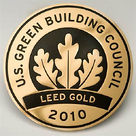 We consciously made the choice to seek LEED certification for the project – over and above the fact that our building decisions met the criteria – for two reasons. If we are going to encourage our clients to seek certification, we should walk the walk. And we recognize the investment payoff that third-party certification represents. We chose the LEED system, over other available systems, because LEED standards are rigorous. Anyone can say they built green, but everyone knows that if LEED says it’s green, it’s certifiable.
We consciously made the choice to seek LEED certification for the project – over and above the fact that our building decisions met the criteria – for two reasons. If we are going to encourage our clients to seek certification, we should walk the walk. And we recognize the investment payoff that third-party certification represents. We chose the LEED system, over other available systems, because LEED standards are rigorous. Anyone can say they built green, but everyone knows that if LEED says it’s green, it’s certifiable.
Our commissioning fees and extra costs for construction measures we chose were $8,900 including our USGBC membership based rate of applying for certification. (The USGBC lists fixed rates for certification fees ranging between $1,250 and $22,500, depending on square footage and USGBC membership status). This added a $3.71 cost per square foot to our renovation, approximately 4% to the budget, but we have seen our investment pay off through marketing and branding exposure as well as real property appreciation.
Other certification systems may be cheaper and easier, but because they don’t have the brand power of LEED, some detractors say they offer a less verifiable way of certifying the green-ness of a sustainable building project. But these other systems, including the National Association of Home Builders’ new program, Energy Star, Florida Green Building Coalition and the newest arrival, Green Globes, are generating increased buzz about how green to go. Meanwhile the common denominator is a shared desire to validate sustainable building design.
Our industry is transforming itself not only because the health of the planet is at stake, but because there is sufficient momentum and incentive to move in this direction. Regardless of which certification method is selected, green standards are here to stay.
If you are considering a green building project, we understand that research is a major, primary component. We would like to encourage this process and offer our experience and expertise. If you have questions and would like a second opinion, feel welcome to contact us for a productive discussion.
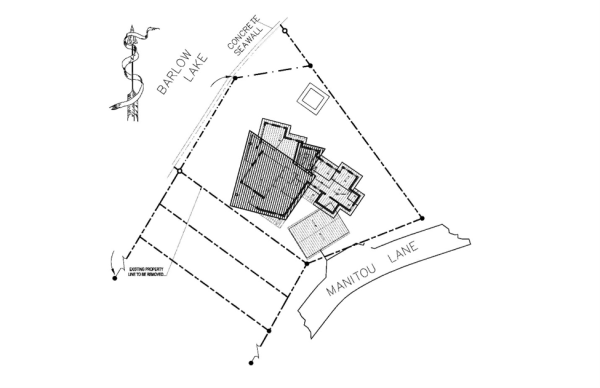

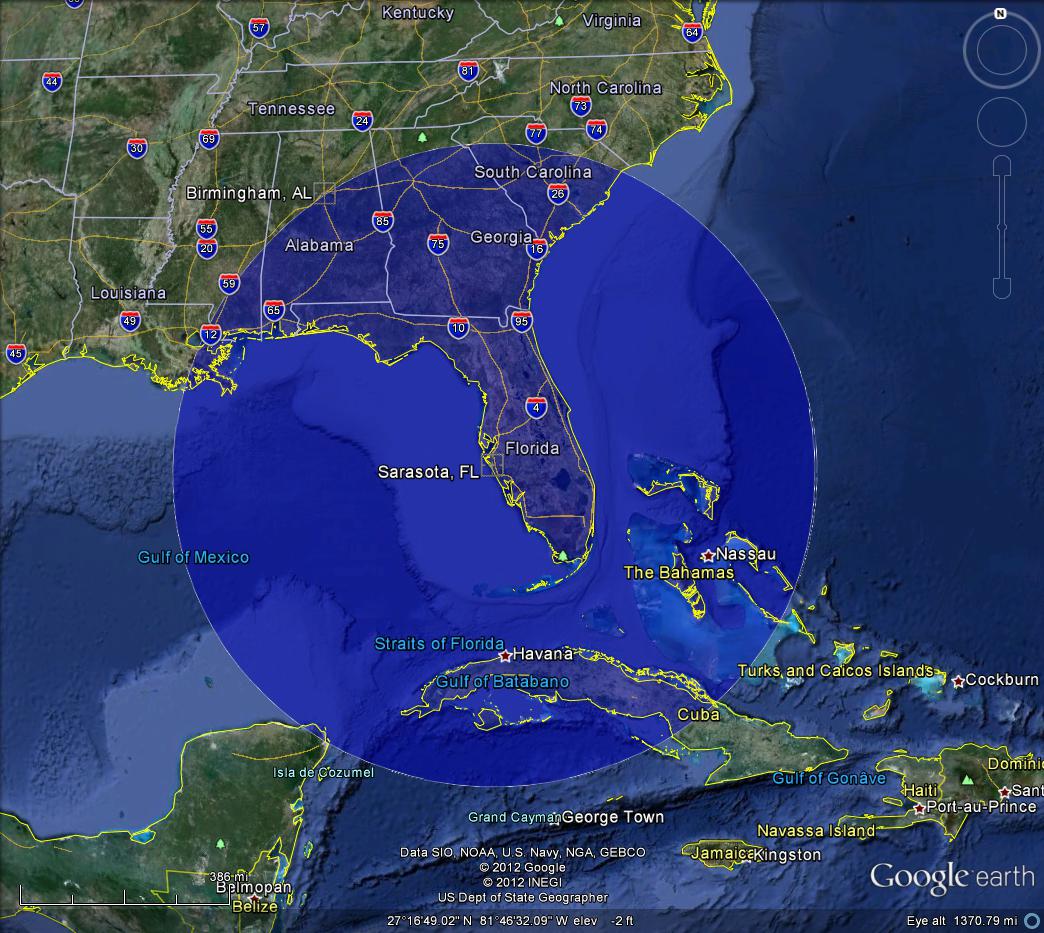
 location.
location.
 Are we surprised that CO2 levels climbed since the dawn of the industrial revolution? Is the world a little different than we were when the United States came in to existence? Though Americans make up just 4% of the world's population, we produce 25 percent of the carbon dioxide pollution from fossil-fuel burning, (by far the largest share of any country). We need to take responsibility for that. We also need to take responsibility for the fact that we are leaders on this planet, and developing countries look to be like us. There are those who would make this a political issue. Don’t let them. It is about science. It is about people who care about each other. The planet will be fine. We will choose to reduce our greenhouse gas emissions, or the planet will force us to do so.
Are we surprised that CO2 levels climbed since the dawn of the industrial revolution? Is the world a little different than we were when the United States came in to existence? Though Americans make up just 4% of the world's population, we produce 25 percent of the carbon dioxide pollution from fossil-fuel burning, (by far the largest share of any country). We need to take responsibility for that. We also need to take responsibility for the fact that we are leaders on this planet, and developing countries look to be like us. There are those who would make this a political issue. Don’t let them. It is about science. It is about people who care about each other. The planet will be fine. We will choose to reduce our greenhouse gas emissions, or the planet will force us to do so.
 Locally, Sarasota County Government has signed the 2030 Challenge for carbon neutrality by the year 2030
Locally, Sarasota County Government has signed the 2030 Challenge for carbon neutrality by the year 2030 
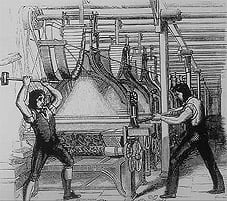
 We are (as a Sarasota Fl architect) in the process of designing our second LEED certified home now. I wanted to share some of the process, decision making and what to expect. Our first LEED certified home was for the HGTV television show in 2009, and was the HGTV Green Home for that year. It was Platinum level certified. Our current project in the design development phase now, is located in Southwestern Michigan, and is a new home for my parents. I will tell you more about the project later, but let's talk a little about the process first. There is a lot to think about, but don't get overwhelmed. As a trailblazer in LEED architecture in Florida, we truly understand the demands.
We are (as a Sarasota Fl architect) in the process of designing our second LEED certified home now. I wanted to share some of the process, decision making and what to expect. Our first LEED certified home was for the HGTV television show in 2009, and was the HGTV Green Home for that year. It was Platinum level certified. Our current project in the design development phase now, is located in Southwestern Michigan, and is a new home for my parents. I will tell you more about the project later, but let's talk a little about the process first. There is a lot to think about, but don't get overwhelmed. As a trailblazer in LEED architecture in Florida, we truly understand the demands. Bring your general contractor on board as soon as your design team has a concept design established. Designing a high performance home requires an integrated design and construction team working together to optimize the outcomes. The general contractor can provide valuable knowledge on construction techniques suitable for your area and climate zone. The GC can provide preliminary cost estimating during each phase of the development of the design to make sure your project stays on budget. The GC can bring in their subcontractors into the discussion to provide input into the selection of building systems to be used on your project. I suggest getting several references for good experienced general contractors and then narrowing that list down to two or three contractors that you would like to interview in person. Don't base your decision strictly on price. Remember that you are in the early design stage of the project at this point and many of the details and systems have not yet been established. A hard bid at this phase is not possible. Look more at qualifications, past experience and how the general contractor calculates his fee. And the general contractor should have LEED accredited professionals on staff.
Bring your general contractor on board as soon as your design team has a concept design established. Designing a high performance home requires an integrated design and construction team working together to optimize the outcomes. The general contractor can provide valuable knowledge on construction techniques suitable for your area and climate zone. The GC can provide preliminary cost estimating during each phase of the development of the design to make sure your project stays on budget. The GC can bring in their subcontractors into the discussion to provide input into the selection of building systems to be used on your project. I suggest getting several references for good experienced general contractors and then narrowing that list down to two or three contractors that you would like to interview in person. Don't base your decision strictly on price. Remember that you are in the early design stage of the project at this point and many of the details and systems have not yet been established. A hard bid at this phase is not possible. Look more at qualifications, past experience and how the general contractor calculates his fee. And the general contractor should have LEED accredited professionals on staff. 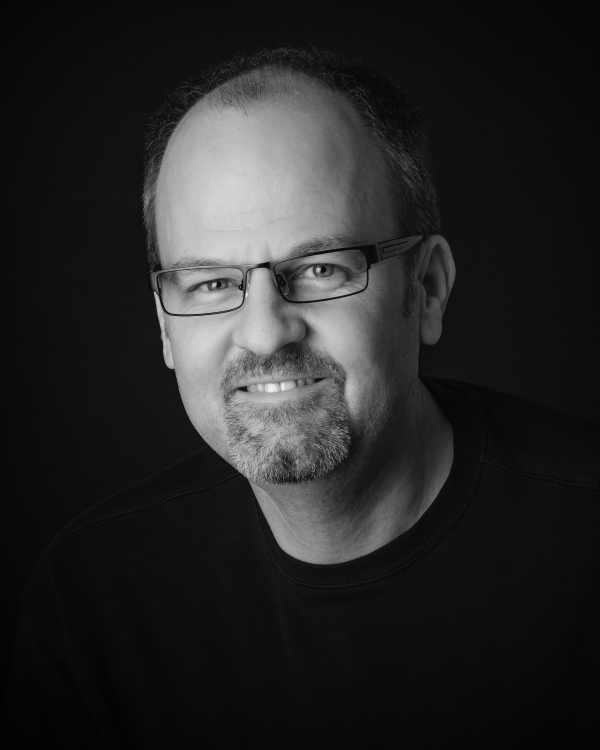
 I read with interest today the news about the China/USA agreement to curb carbon emissions in hopes of reducing climate change and supporting more sustainable environment. I was excited. It is always good to read about any country willing to voluntarily reduce its carbon emissions.
I read with interest today the news about the China/USA agreement to curb carbon emissions in hopes of reducing climate change and supporting more sustainable environment. I was excited. It is always good to read about any country willing to voluntarily reduce its carbon emissions.  Many Countries in Europe, Great Britain and Scandinavia have much more aggressive goals. They are out ahead of climate change and their economies and citizens are benefiting from that. Sweden has a goal to be carbon neutral by 2016! Housing in Britain will need to be net zero energy in the same time frame. Even here in the US, solar power is now cost neutral compared with fossil fuel base electric from the utility monopolies. And it is projected that solar power will cost neutral in 47 states by 2016.
Many Countries in Europe, Great Britain and Scandinavia have much more aggressive goals. They are out ahead of climate change and their economies and citizens are benefiting from that. Sweden has a goal to be carbon neutral by 2016! Housing in Britain will need to be net zero energy in the same time frame. Even here in the US, solar power is now cost neutral compared with fossil fuel base electric from the utility monopolies. And it is projected that solar power will cost neutral in 47 states by 2016. 
 It seems that everyone these days is a “green building expert”. Many have recognized the “trend” is not going away, and those who were once resistant have recently opted to jump on board.
It seems that everyone these days is a “green building expert”. Many have recognized the “trend” is not going away, and those who were once resistant have recently opted to jump on board. At
At 

 70% is dark energy
70% is dark energy